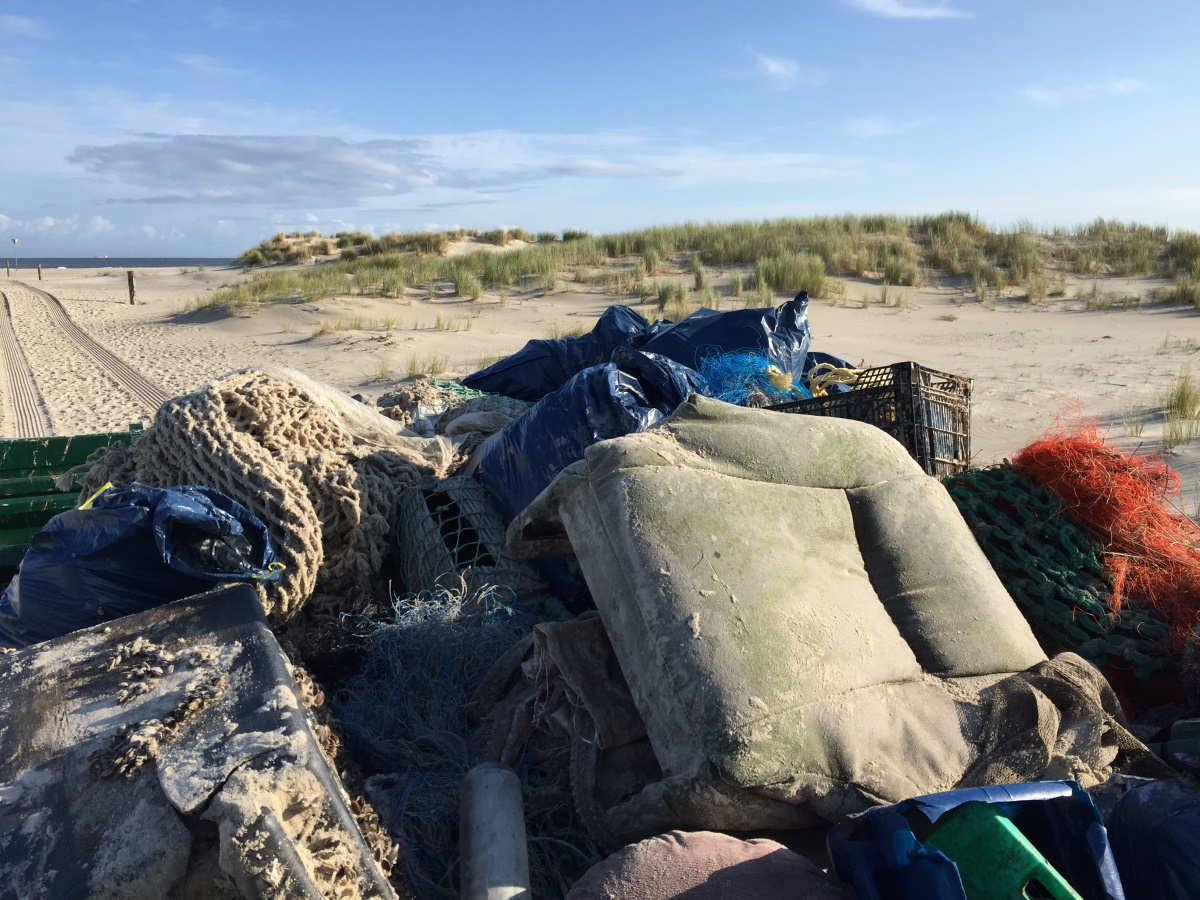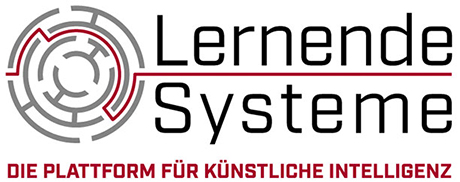Reducing the plastic flood in rivers with AI
Millions of tons of plastic waste in the world's oceans threaten not only the fragile marine ecosystem, but also the human habitat. Particularly in the countries of Southeast Asia, vast quantities of plastic waste end up in rivers and from there in the open sea. To support national governments in their fight against plastic waste, the German Research Center for Artificial Intelligence (DFKI) has developed an algorithm that enables authorities to sift through and classify trash.

Figuratively speaking, a truckload of plastic waste ends up in the oceans every 40 seconds. The resulting floating plastic islands have long ceased to be a local phenomenon. Scientists at DFKI are trying to tackle this plastic flood with a machine learning algorithm. The goal of the APLASTIC-Q (Aquatic Plastic Litter Detector and Quantifier System) research project, which is funded by the World Bank, is to generate detailed information about individual litter components. Local authorities will thus be helped to identify the sources of plastic litter and initiate sensible countermeasures. In the long term, this should improve waste management in the respective countries, for example by establishing recycling programs in the sense of a circular economy.
AI plastic waste control on rivers and shores
Permanently installed cameras on bridges and flying drones help local authorities to sight trash in rivers and on banks and analyze it using AI methods. The APLASTIC-Q technology is based on so-called Convolutional Neural Networks, a class of artificial neural networks that is particularly well suited for machine learning in the field of image recognition. Two different deep-learning components - the plastic waste detector and the plastic waste quantifier - analyze the image captures sequentially and with increasing precision.
In the first step, the plastic waste detector succeeds - currently with an accuracy of around 83 percent - in distinguishing between water, sand, vegetation and plastic waste. For the areas marked as trash, additional estimates of trash density are provided. In a second step, a so-called plastic waste quantifier recognizes the scanned areas and divides the objects into subcategories (e.g., plastic bottles, Styrofoam, canisters). The quantification by the algorithms here enables targeted management of the cleanup and classification of the types of waste. The image data obtained will in turn be used to further develop APLASTIC-Q and increase the precision of the algorithm in detecting and determining plastic waste.
In Europe, the system is already being used in Germany, Slovakia, and Bosnia and Herzegovina, while in Southeast Asia it is currently being used in Cambodia, Myanmar, Vietnam, and the Philippines.
Application facts
- Intelligent Sensor TechnologyOptimized Resource Management
DFKI Standort Osnabrück/Oldenburg
University/Research Institution
Website
